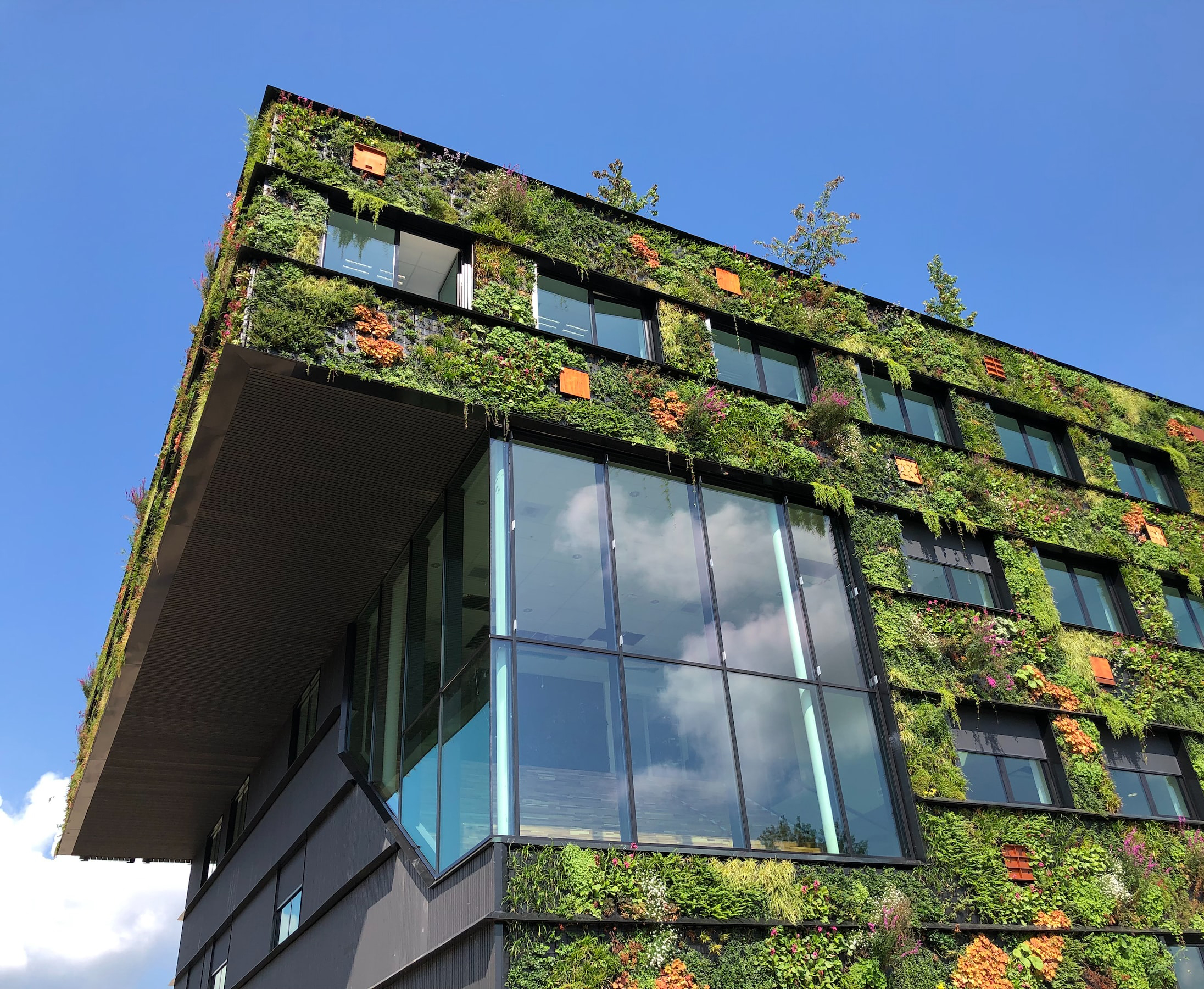


#Sustainable Architecture #Sustainable Building Materials #Sustainable Buildings
Valencia Meredith
Building a new home is one of the biggest carbon footprint producers. Acquiring new materials for a home, such as wood, minerals, and water, accounts for 20-50% of extracted resources, along with the energy-intensive production of cement, steel, aluminum, glass, and insulation. Manufacturing cement alone requires chemical processing that releases harmful toxins and greenhouse gasses into the atmosphere. Fortunately, there is a growing shift toward sustainable architecture and building materials.
Sustainable architecture focuses on the environmental impact a house or building may have on its surrounding area and finding solutions to minimize that impact. Sustainable or green materials such as soil, bamboo, cork, and timber are used as substitutes for constructing these homes. To be considered eco-friendly and suitable for green buildings, the material must be durable, reusable, recyclable, and/or made from recycled material. This makes bamboo and cork widely favored amongst sustainable architects.
If you are thinking about building a new home, look into the possibilities of sustainable architecture and the benefits of green building materials. You can find more information about sustainable architecture and materials in the featured article, “Sustainable Building Materials.”
Manufacturing concrete from recycled tire rubber is one example of how waste can be transformed into an eco-friendly building material.